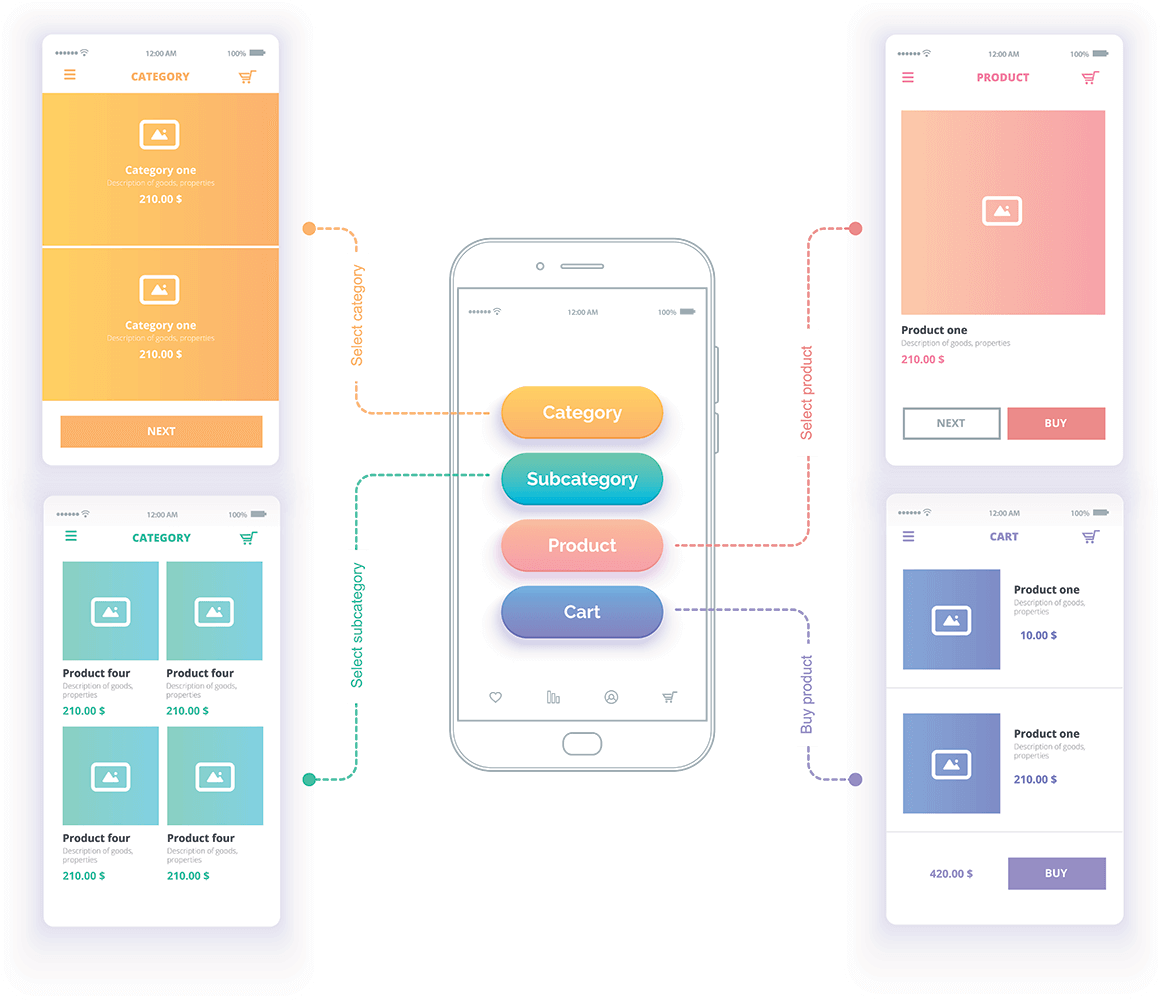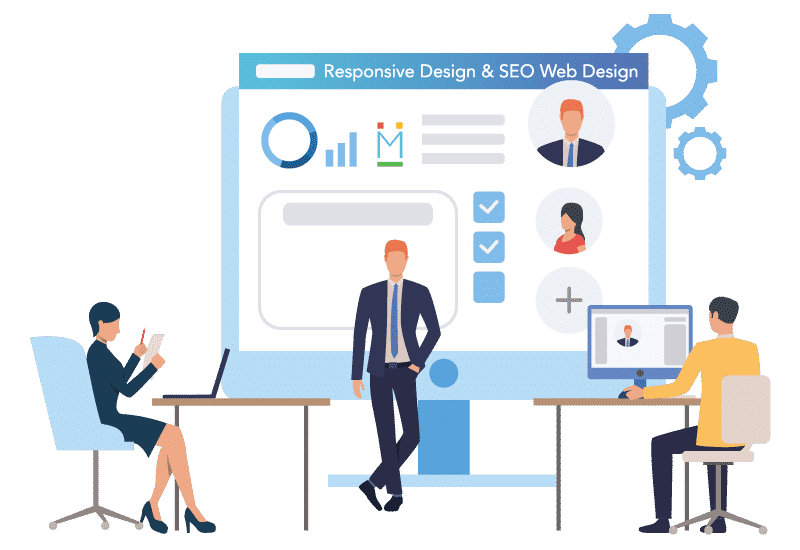3) Target your Audience
Not everyone is going to be interested in reading your content — and that’s OK. However, you should create content tailored specifically to users who are interested in it. They are your content’s target audience or “buyer persona,” and it’s important to create a strong connection with them.
If you’re writing a blog post about cloud computing, for instance, you should keep it formal and technical, whereas a blog post about home decorating should be informal and casual.
4) Create Evergreen Content
What is evergreen content and why do you need it? This content category is like the eponymous trees. Unlike their deciduous counterparts, evergreens are always green, regardless of the season. Evergreen content takes a similar approach by remaining relevant, with users always seeking to read or otherwise consume it, which is what makes it so useful and popular.
On the other hand, time-sensitive content is only relevant for a given period. An article about the latest Apple iPhone, for instance, is considered time-sensitive, in which case it will offer a limited, finite amount of views. But publishing an article about cybersecurity practices for mobile devices is seen as evergreen.
















